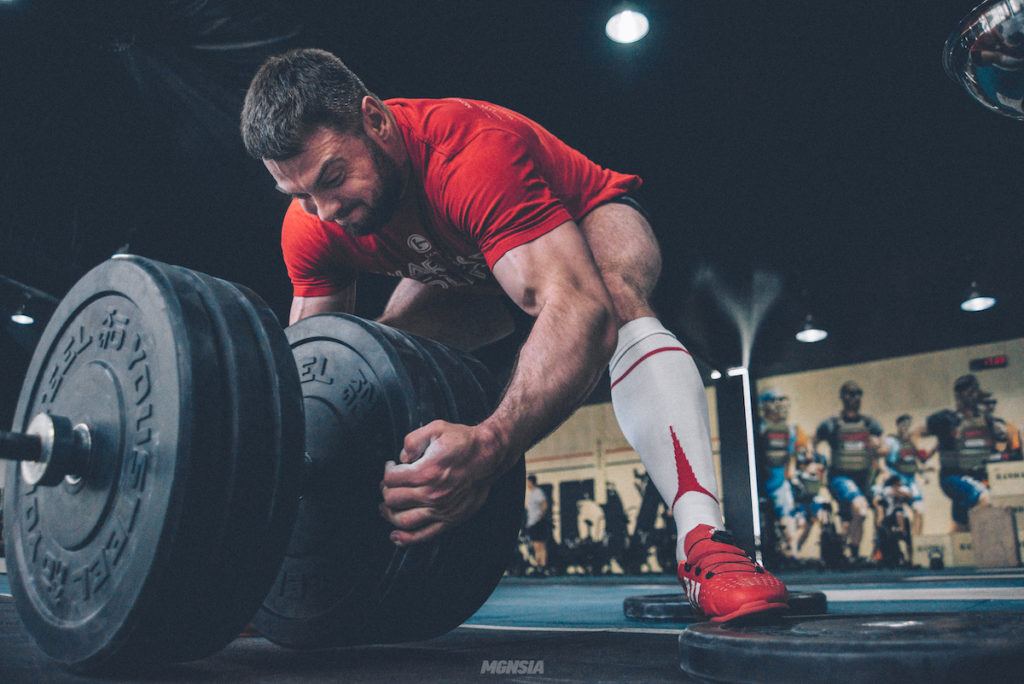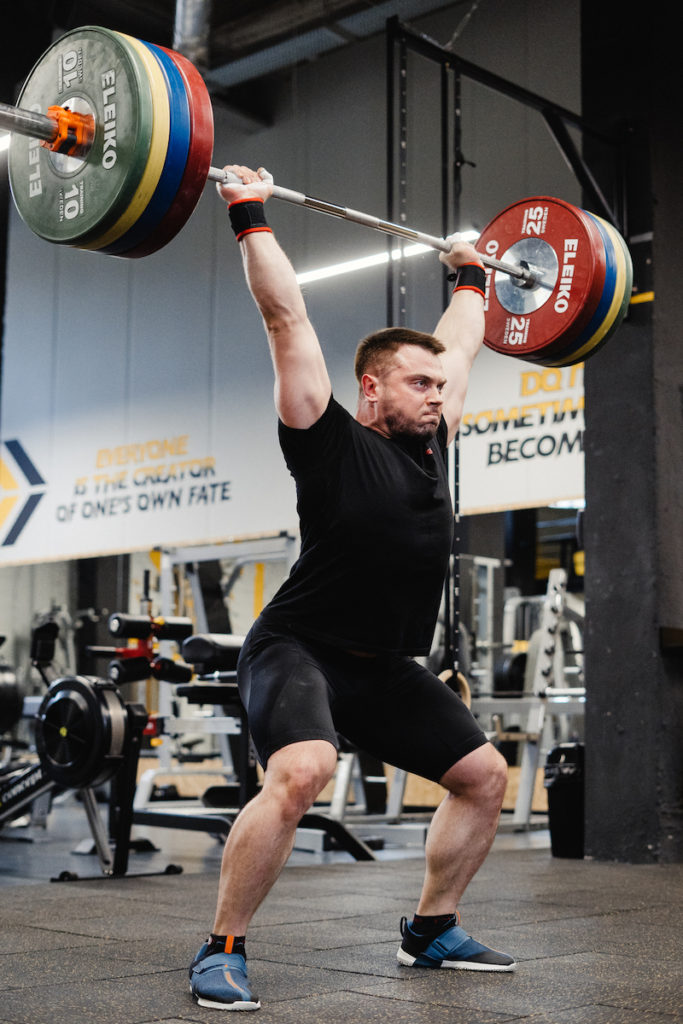Guest post by partner Torokhtiy Weightlifting
The name of my sport of choice, Olympic weightlifting, speaks for itself: It’s difficult by definition.
If you’re interested in weightlifting, you’ll want to find a training process that you’ll be able to commit to and enjoy so you can see the longevity and results you want.
Creating Your Ideal Weightlifting Workout Routine
My name is Oleksiy Torokhtiy, I’m a professional weightlifter, 2-time Olympian, and World and European medalist. In over 15 years of my career, there have been many good and bad training days.
In this article, I want to share with you how to optimize and stick to a workout routine.
In order to successfully cope with intense training, a structured, systematic, conscious, and disciplined approach is necessary. When your motivation wanes, the information provided below can help keep you on track.
Tip 1: Understand the Weightlifting Training Process

The weightlifting training process is not a series of PR sessions and constant epic growth in the snatch and clean & jerk. This is long and systematic work, and not only on the platform.
Consider that even if you train 5 times a week for 2 hours, you only spend 10 hours a week in the gym. But the rest of your life also has a significant impact on your athletic performance:
- Nutrition
- Sleep
- Downtime
- A well-organized workday
Your condition and well-being during the training itself directly depend on these lifestyle factors.
Tip 2: Your Workout Routine Is Not Dogma
This is what one of my coaches said: A training plan is not dogma, but a guide to action.
I don’t advise treating training as all or nothing. Imagine that you had planned out a week, but stress from work or family obligations knocked you off and prevented you from exercising the way you intended to, so you stopped entirely.
Sound recognizable?
Just because of an all-or-nothing mentality and a belief that lifting weights is pointless without going heavy, many people avoid doing it altogether.
Even if you’re unable to do your whole program as intended, you’ll still benefit from performing a portion of it or a scaled option.
Have just enough energy and time for a 25-minute lifting session rather than a 2-hour one? Great. Try it out. Do some morning exercises to warm up your legs and back, or focus on some technical tasks with an empty bar.
If you do this, it’ll be quite easy to stick to your workout schedule. As an example of short sessions, you can try my EMOM weightlifting program.
Tip 3: Too Much Too Soon Is a Bad Idea
Some people believe weightlifting training must be extremely intensive to be effective, which is similar to the all-or-nothing approach. However, excessive intensity just makes it more difficult to stick to a regimen, especially for novice athletes.
Your body won’t adapt to exercising just yet if you’re starting (or restarting) a workout regimen, so you’ll experience soreness more quickly than someone who has been lifting regularly for months. To adjust to the new habit you’re establishing, your body requires some time.
It’s challenging to work out regularly if you attempt to keep up with a more advanced lifter or try to copy his training routine. You’ll probably feel exhausted and sore for days. Additionally, you run the risk of getting hurt.
Adjust the volume and intensity of your workouts to meet your present level of fitness rather than attempting to leap immediately into a rigorous program. You can also ask a coach for assistance.
Tip 4: Follow Weightlifting Nutrition Rules
Olympic weightlifting nutrition does not include extreme dietary changes, calorie reductions, or food category eliminations. Your body requires adequate nutrition to lift weights so it can function properly and effectively.
Making sure you eat something first thing in the morning is important if you work out in the morning. A banana could be a fantastic alternative to a full breakfast since it provides you with the carbohydrates you need without any added fat or protein that takes a long time to digest.
If you lift after work, be sure to eat consistently throughout the day. Then, have a meal that contains protein and carbs, such as poultry and porridge, 1-2 hours before a weightlifting session.
Eat a post-workout meal or snack that has both carbohydrates and protein to speed up your muscles’ recovery.
Learn more about my Maximum Performance NUTRITION.
Tip 5: Find the Way You Love To Exercise

Athletes are less likely to perform drills they dislike.
Exercising might be difficult at times, but you should feel good afterward. If you have trouble sticking to a routine because you don’t find it enjoyable, experiment with different types of exercises to find something that you love.
In my younger years, I simply hated front squats. I wasn’t good at this exercise, and I always felt uncomfortable with the barbell in the front rack position.
At the same time, I loved to jerk. My coach knew these 2 features of mine, and as an alternative, he combined front squat + jerk.
At first, I needed to suffer a little with 2 reps of front squats, and after, I was happy to jerk. Over time, this problem simply disappeared.
You already know that Olympic weightlifting may be challenging. To avoid getting off track while planning a training routine, you must be ready for the obstacles that lie ahead.
Just keep in mind that the result is worthwhile, and keep a “warm body and cold mind.”
Want Weightlifting Training Programs?
I have partnered with SugarWOD to offer my programs in the SugarSHOP. Click the button below to go to my store page.